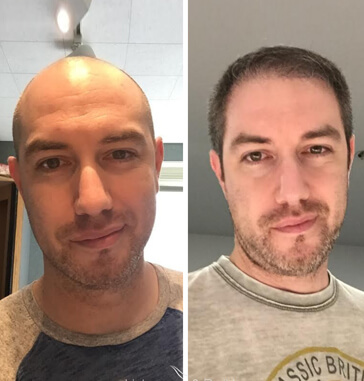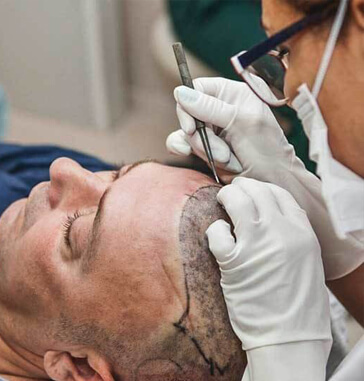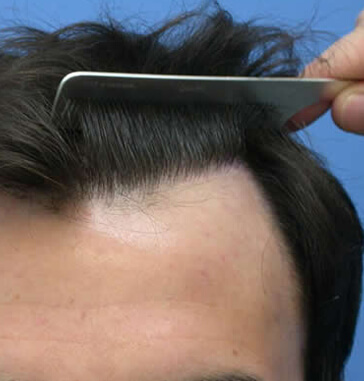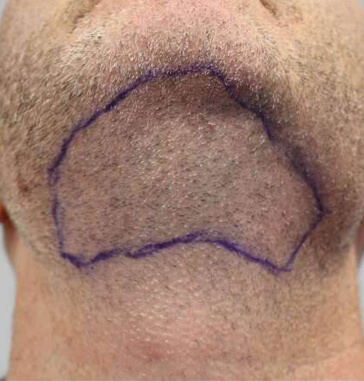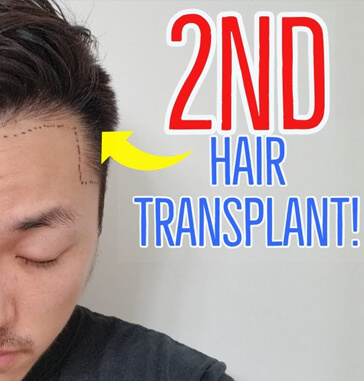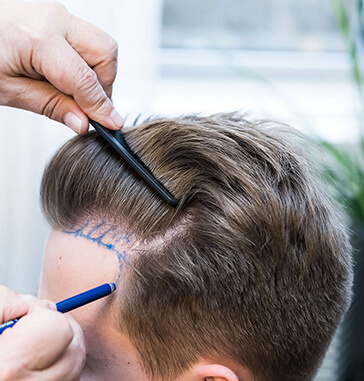It is quite a common problem that men have sparse moustache due to a variety of reasons, including diseases and genetic factors. For many of them, this is a cosmetic problem because they tend to see it thick beard and moustache as a symbol of masculinity. Thanks to modern hair restoration methods, there are many ways to grow a thicker moustache.
Effective Methods To Grow A Thicker Moustache
While some of these methods are natural alternative treatment options, some are drugs and advanced medical treatments, such as a hair transplant. Here are the most effective methods to grow a thicker moustache:
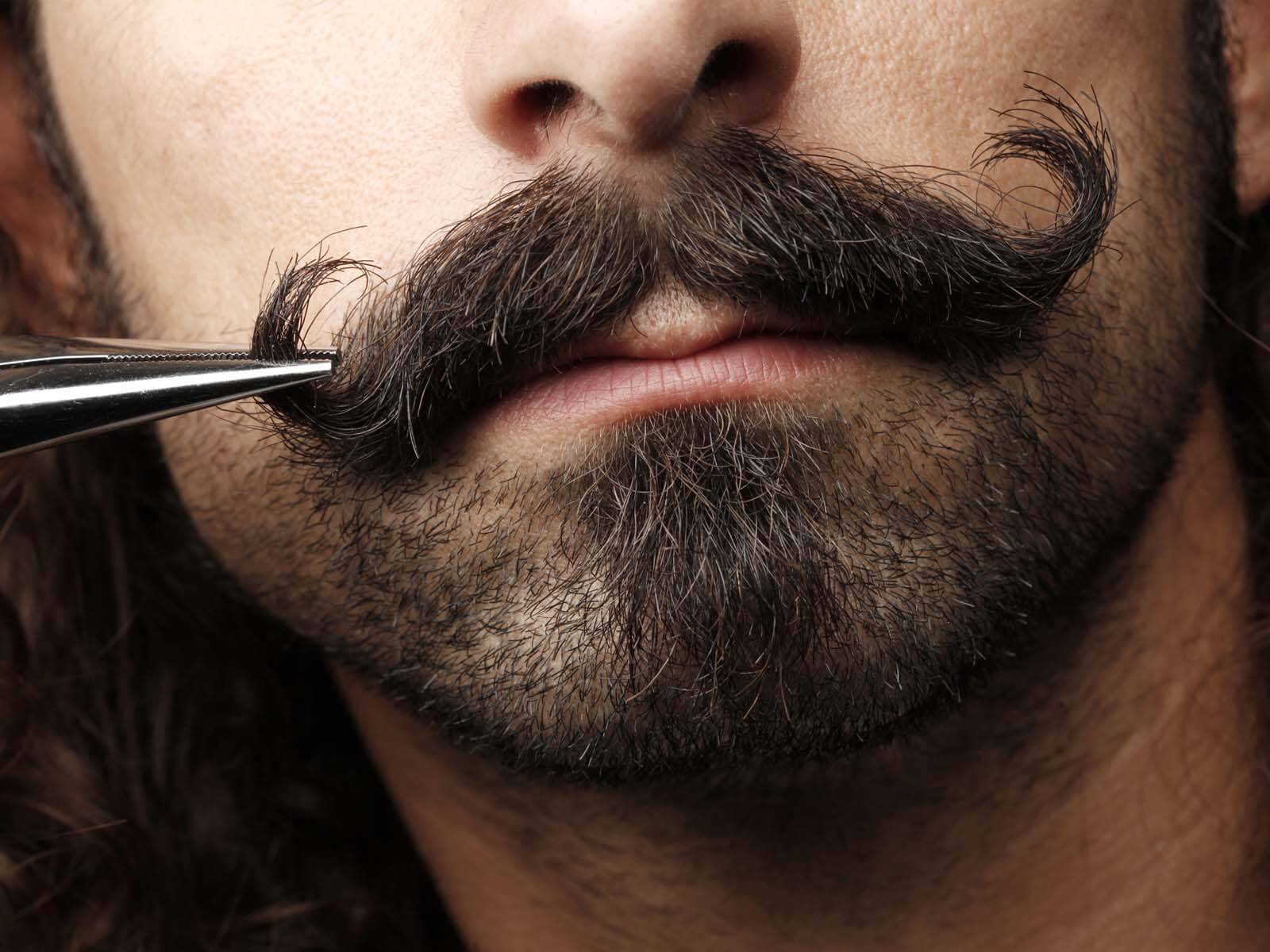
1. Herbal oils
The effectiveness of herbal oils is generally proven by scientific research but the results are not always consistent and the effects of these oils can vary from person to person. So, the most preferred and recommended oils are coconut oil, argan oil, and olive oil. Especially coconut oil is a common ingredient in beard oils. It contains a good amount of vitamin E which is particularly beneficial for skin health. You can stimulate healthy beard growth by moisturizing your face with coconut oil after shaving or. If your skin is healthy, your beard will grow strong and bold. Olive oil has been used since ancient times to nourish and thicken hair. So it is considered to be a very effective ingredient for hair masks of all kinds. Argan oil is also rich in vitamin E and antioxidants, which are very beneficial for healthy hair follicles. You can also try flaxseed oil and avocado oil to help your beard grow thick.
2. PRP
PRP is a treatment that makes use of your blood. It means platelet-rich plasma. This therapy aims to nourish the hair and let it grow thicker and stronger. Because PRP contains growth factors, it will theoretically stimulate hair growth. PRP is prepared as simple as that: the patient's blood is taken with a syringe. This blood is then placed in a rotating centrifuge at high speed. In about 10 minutes, the blood is separated into platelet-rich plasma and other components. Platelet-rich plasma is then taken out and transferred back to the patient's scalp. PRP treatment can stimulate hair growth and reduce hair loss, including beards and mustaches. You will need repeated sessions of PRP to see any satisfactory effects on your moustache. Also, one session will probably take about half an hour to one hour. Your doctor can decide whether you are a good candidate for this type of therapy.
3. Mesotherapy
Mesotherapy is performed by injecting a cocktail into the skin with fine needles to revitalize the patient’s skin and hair. This cocktail contains enzymes, vitamins, hormones, drugs, and other substances by the patient’s needs. Essentially, each cocktail is tailored for the patient to meet their specific needs. The essential nutrients, antioxidants, and drugs in this cocktail are thought to nourish and rejuvenate hair follicles. You will have several mesotherapy sessions to fully see its positive effects. It takes about an hour and a total of 10 sessions will generally be enough. Your hair follicles need to receive a sufficient amount of essential nutrients such as B vitamins and minerals for healthy hair growth. If your blood lacks the necessary amount of these substances or there is not enough blood circulation to your hair follicles, then they will become weak and start to shed. The same process applies to moustache hairs, as well.
4. Moustache transplant
A moustache transplant is the most invasive yet effective way to grow a thicker moustache. It is classified as a hair transplant procedure offering long-term results. Your doctor will take out hair follicles from the donor area and then transfer them into your moustache. Most men with aggressive moustache loss or very sparse hairs in these areas opt for this type of treatment as the other ones yield unsatisfactory results. Your doctor will probably do the moustache transplant surgery using the FUE method, which is a modern and advanced hair transplantation technique. In FUE, they will first numb the areas of surgery with a local anesthetic so will not feel any pain during the procedure and then they will collect grafts from the donor area with healthy and strong hair follicles. Afterward, they will open channels into the recipient area and implant the hair follicles one by one. This procedure will take about 2-3 hours but you will have to wait at least 6 months to see the effects of this procedure. You may have a second moustache transplant if you are not satisfied with the results of the first surgery.

